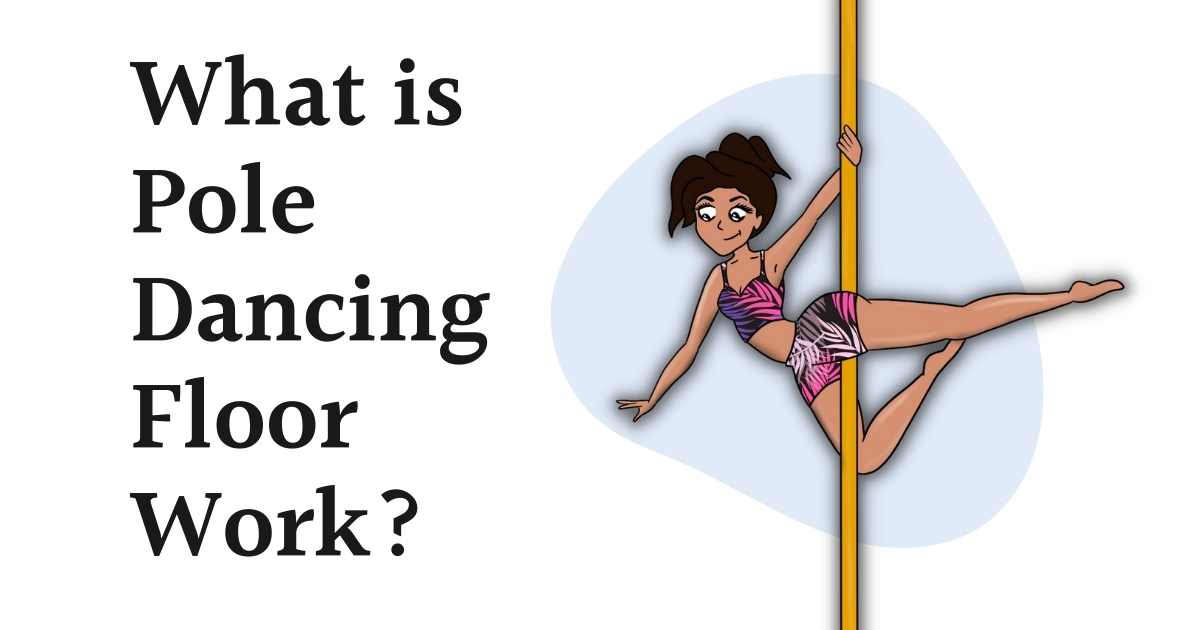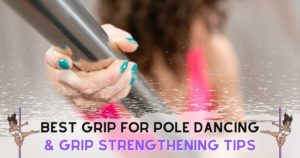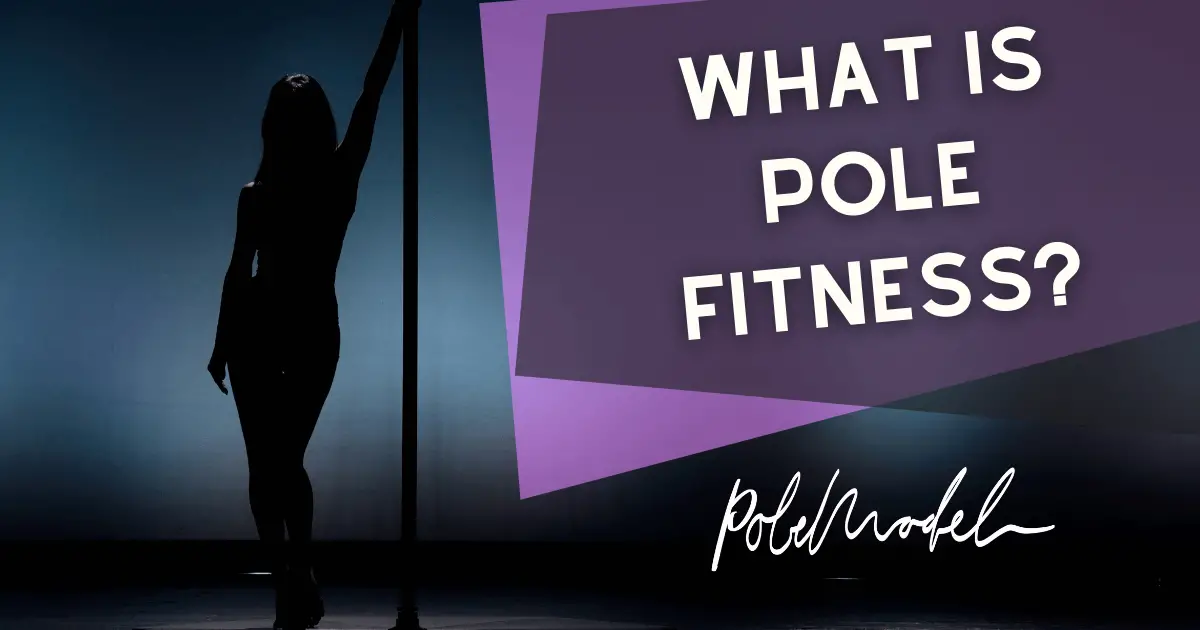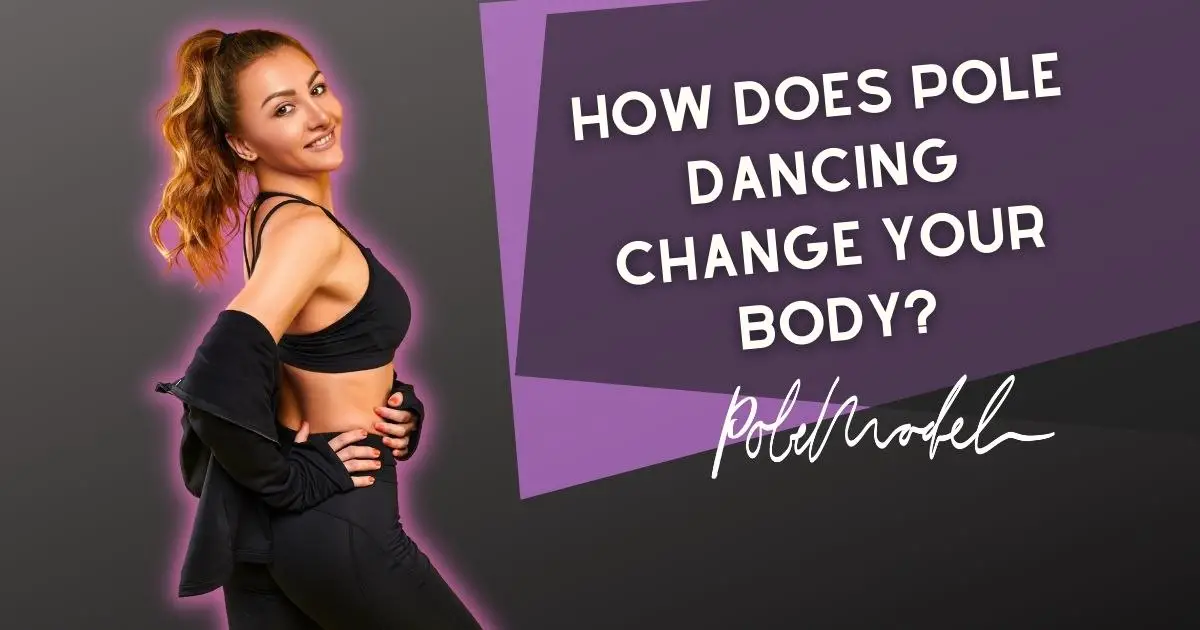Are you a pole dancing enthusiast but you neither have a pole to use at home nor access a pole dancing class? Ever heard of floor work and wondered what it is and how it is related to pole dancing? If you have or not, either way, you are at the right place!
As much as lacking a pole deprives you of the full experience and benefits of pole dancing, it is a great opportunity to prepare yourself for the pole. How you ask? I’ll tell you how and much more in this article. Read on!
What is Pole Dancing Floor Work?
It is simply performing pole dance movements on the floor, with or without the assistance of a pole.
This aspect of dance gives a totally different dimension to pole dancing. Floor work (low level) is among the three principal levels in dance, alongside upright ( middle level) and aerial ( high level).
As a dancer, learning floor work gives you the basic foundations of pole dance, teaching you how to use each body part and muscle to execute a move without the limiting factor of balance. It is an important skill that you can use to enhance and progress a technique on and off the pole.
Apart from preparing you for pole dance, floor work has several other benefits you can enjoy. Let’s take a look.
The Importance of Floor Work in Pole Dancing
Benny Simon of New Dance Amsterdam said “Finding a resilient, easy relationship with the floor is essential; it allows dancers to increase their versatility and movement efficiency. Without floorwork, you’ll be limiting yourself to half of your potential,”
As you ponder on that, here are a few benefits of floor work.
- Positioning and Alignment
Floor work encourages proper body positioning and alignment. As you lie on the floor, you become hyper-aware of your body posture, how it is positioned and aligned. You will immediately know when you stick out or lift a body part when you are not supposed to since you will lose contact with the floor.
This is unlike dancing on a pole where you are bound to unconsciously position yourself incorrectly. Floor work is therefore a great way to master proper body posture when executing a move.
- Muscle Development
As your body is properly positioned and aligned on the floor, you can correctly engage the muscles you are to use performing a move. Since you barely hold onto the pole or fight against gravity, you use isometric muscle movement, that is, muscle engagement in a steady, continuous manner. This strengthens your muscles differently from the isotonic exercises you perform on the pole. Be ready to hit new heights when you get back off the floor!
- Immune to Injury
Floor work enables you to practice without putting a lot of pressure on your limbs. As opposed to being on a pole where you support your weight, the floor supports you during floor work exercises. This means your joints will be less stressed, hence, less likely to get injured.
- Strengthens your balance
Floor work allows you to focus on learning or enhancing a move without the worry of balance. Lying down or sitting on your hips allows you to be centred and aligned as you should when performing a move.
When you translate the alignment on a vertical position off the floor, you’ll be more balanced, thus, you’ll perform the on pole techniques with much ease.
- Room for exploration
At certain times, dancing on the pole can become repetitive and boring, especially as a beginner with a limited number of moves that you can perform.
Floor work however helps eliminate this boredom. It gives you a break between pole dance routines, opens you up to a lot of other new movements and allows you to use every bit of movement in expressing yourself however you want.
Do You Need To Be Flexible For Pole Dancing Floor Work?
Floor work requires you to maneuver between higher and lower levels of dance, that is, “going in and out of the floor”. Therefore, you need to be flexible, relaxed, and attentive to the kinesthetic feedback provided by the floor.
Even though flexibility is key, floor work allows you to work within your flexibility level. You can start with beginner moves then slowly progress through advanced moves as you gain flexibility. The more you practice, the more you become flexible.
Moreover, stretching your body before and after every session improves your flexibility level and balance, leading to a greater range of motion.
Basic Floor Work Movements for Beginners
As a beginner with no access to a pole dancing studio or instructor, there’s a vast array of sources you can learn floor work from, the most popular being YouTube.
Below are video recommendations you might consider to get you started:
- 6 Pole Dance Floor Moves by Anete Blaua
- Floor Work Tutorial by Laura Lou Hypnotic
- Floor Work Tutorial *No Pole Needed* by Pole Culture
Besides the videos, I suggest you learn these fundamental floor movements:
- Body rolls, such as hip rolls, modified and full shoulder rolls and floor body rolls.
- Bridges
- Fun kicks
- The Goddess
- Speed Bump, tik tok and knee poses.
Safety First!
As said earlier, floor work involves dancing with your body on the floor. This means you are at risk of hurting your knees, especially if the floor is made of concrete.
I, therefore, suggest that you use knee pad protectors to prevent injury and to allow you to practice for longer periods. Alternatively, you can purchase a suitable flooring application from Great Mats. They have a variety of sizes, styles, and materials you can choose from.
Winding up!
With floor work, you can achieve pole dancing even though you won’t experience the full benefits of having a pole. Even with a pole, floor work is essential in any pole dance routine. Consider the suggestions I have given for beginner movements and remember to wear knee pads or purchase a protective floor. Happy dancing!
For more quality content like this, be sure to check out the Pole Model Youtube Channel!
See you there 🙂








